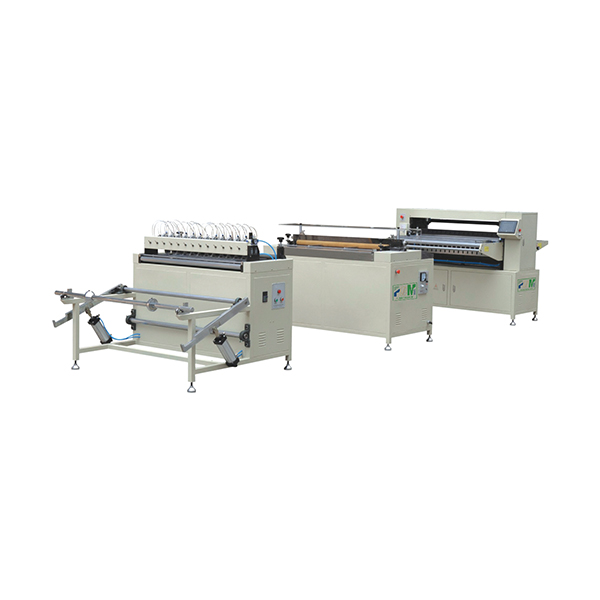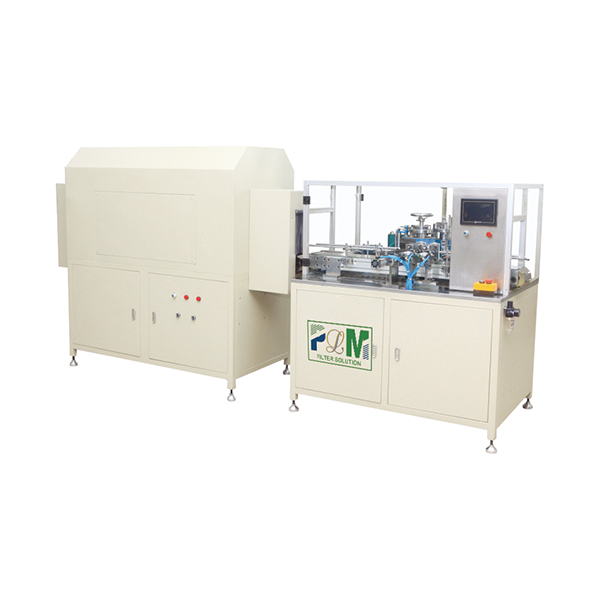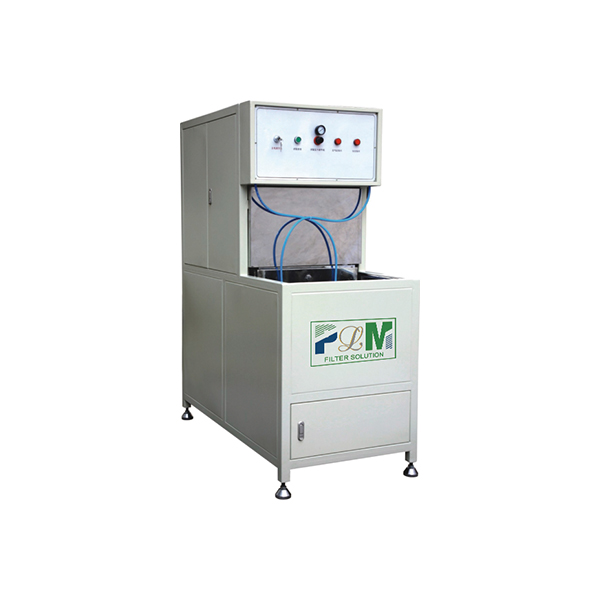Sep . 30, 2025 11:10 Back to list
In Line Fan Filter: High Flow, Low Drop—Ready to Upgrade?
A Pragmatic Guide to the In-Line Fan Filter Market (with a Manufacturer’s Eye)
If you’re sourcing an in line fan filter or building a private-label lineup, here’s the insider view from the factory floor and the field. The market’s hot: indoor agriculture, data rooms, compact HVAC retrofits—everybody wants high capture, low pressure drop, and quick lead times. And yes, real-world performance is often decided long before installation—on the pleating line.

Trends I’m Seeing
- Shift to ISO 16890 ratings (ePM1/ePM2.5) and away from legacy EN 779; MERV still common in North America.
- Hybrid cartridges: carbon + pleated prefilter to balance odor control and particulates in in line fan filter setups.
- Shorter lead times via automation—knife pleating lines reducing variability and scrap.
How They’re Actually Made (Process Flow)
Media selection (synthetic microfibers or glass fiber for high efficiency) → pre-heating and edge trimming → knife pleating on a servo line → hot-melt bead spacing → curing → roll or pack formation → end-cap potting (PU/epoxy) → leak/efficiency testing to ISO 16890 or ASHRAE 52.2 → labeling and lot traceability. Service life runs ≈ 6–12 months in most in line fan filter applications, shorter with heavy VOCs or dust.
Production Line Spotlight (for OEMs)
The PLCZ 55-600-II Full-auto Knife Paper Pleating Production Line is one of those dependable workhorses. I’ve watched operators go from finicky manual setups to clean, repeatable pleats in minutes—huge for consistency and warranty claims.
| Spec (≈ real-world) | PLCZ 55-600-II |
|---|---|
| Pleat width range | ≈ 55–600 mm |
| Pleat height | ≈ 5–50 mm (media-dependent) |
| Line speed | ≈ 10–30 m/min (typical use) |
| Control | Full-auto, servo knife pleating, auto counting |
| Power | ≈ 380V/50Hz (customizable) |
| Origin | East of anping county, hengshuicity, hebeiprovince,china 053600 |
Testing targets: ISO 16890 ePM1 50–80% for fine dust; or HEPA per ISO 29463/EN 1822 for critical zones. Typical pressure drop data I’ve logged: 6" cartridge at 240 CFM shows ≈ 80–120 Pa initial; carbon-filled units add ≈ 30–60 Pa.
Where in line fan filter Units Are Used
- Grow tents/greenhouses (odor + PM capture)
- Server closets and telecom cabinets (dust control, low footprint)
- Renovation and temporary HVAC (portable negative-air setups)
- Food packaging and light clean zones (pre-filtering to HEPA)
Vendor Snapshot (retail/commercial)
| Brand | Typical Efficiency | Media | Notes |
|---|---|---|---|
| AC Infinity | MERV 11–13-esque (varies) | Pleated + carbon | Quiet fans, grow-market focus |
| Can-Filters | Odor control priority | High-bed carbon | Deep bed, heavier units |
| Fantech | MERV 13+ options | Pleated/HEPA options | Strong HVAC integrator |
| TerraBloom/VIVOSUN | Moderate PM + odor | Pleated + carbon | Value-focused SKUs |
Customization Tips (what buyers actually ask for)
- Diameters: 4/6/8/10/12" with collars that won’t whistle under static.
- Target ePM1 ≥ 60% or MERV 13 for PM; add ≥ 38 mm carbon bed for VOCs.
- UL 94 V-0 end caps and ISO 846 antimicrobial coatings for damp installs.
Mini Case Study
A 10,000 CFM indoor farm swapped mixed prefilters for pleated cartridges made on a PLCZ line; lab spot checks showed ePM2.5 efficiency ≈ 75% with an initial ΔP of 110 Pa. Odor complaints dropped 65% after adding carbon sleeves. One facilities lead told me, “Honestly, the stable pleat spacing is what kept our fans inside spec.”
Certifications and Test Methods
Look for ISO 16890 (ePM classes), ASHRAE 52.2 (MERV), and for HEPA-grade applications, ISO 29463/EN 1822. For plenum use, check UL 2043/94 where applicable. Always ask for factory test curves and lot traceability—many customers say that’s the make-or-break.
References:
[1] ISO 16890: Air filters for general ventilation.
[2] ASHRAE 52.2: Method of Testing Air-Cleaning Devices by Particle Size.
[3] ISO 29463 / EN 1822: High-efficiency filters (HEPA & ULPA).
[4] UL 2043/UL 94: Fire test standards for air-handling spaces and materials.
Comprehensive Guide to Filter Caps: Applications, Benefits & Future Trends
NewsNov.24,2025Filter Paper: Essential Guide for Industry and Global Applications
NewsNov.23,2025Essential Guide to Filter Materials: Types, Applications, and Future Trends
NewsNov.22,2025Efficient Long Pulse Dust Collector Pleated Filters for Superior Industrial Air Quality
NewsNov.22,2025Professional Air Filter Making Machine – Efficient Air Filtration Production Solutions
NewsNov.21,2025PLAB-6 A/B Glue System-Hebei Filter Man|Precision&Adjustable Speed
NewsNov.21,2025






